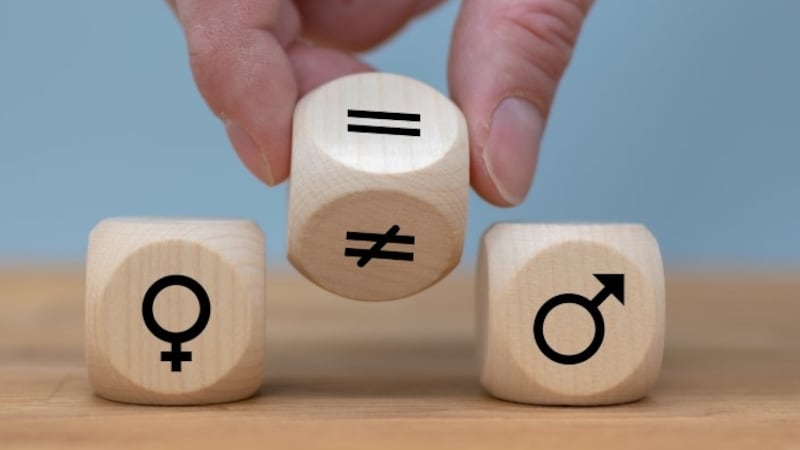The Central Bank has more than 325 staff making in excess of €100,000 per year with just 43 per cent of those high earners women.
The gender gap was most pronounced among those earning between €150,000 and €199,999, where there are 39 men and 22 women for a total of 61 staff.
Four individuals – two men and two women – are earning more than €200,000, according to data released by the Central Bank under freedom-of-information (FOI) legislation.
There were 355 staff earning less than €49,999, according to the figures, with 189 men and 166 women on such salaries.
READ MORE
A further 887 employees had salaries ranging from €50,000 to €74,999. That figure consisted of 456 female staff and 431 male staff.
A total of 558 people are earning between €75,000 and €99,999, the Central Bank said, with the gender split at 272 women and 286 men.
[ Study finds gender pay gap in Ireland is wideningOpens in new window ]
There are 141 people earning between €100,000 and €124,999 at the bank, 78 of them males and 63 of them women.
Another 121 staff have salaries ranging from €125,000 to €149,999, with a split of 55 women and 66 men, the figures show.
The Central Bank has a relatively even gender split within its 2,127-strong workforce, which they said equated to 1,980 full-time equivalent positions.
Iverall there were 1,091 men working with the organisation, compared with 1,036 women.

However, the figure for active full-time employees excluded those on long-term leave such as maternity leave as well as secondments and career breaks, it said
A Central Bank spokesman said it provided “equal pay for equal work” and that gender diversity was a key focus for the organisation.
He said the bank recognised the need to have people from different backgrounds, experience and perspectives among its workforce.

Is remote working putting Ireland's corporate tax take at risk?
“In January 2021, our annual gender pay gap report identified a gap of 2.2 per cent in favour of male employees. While this would be considered low in comparison with [the] national average, we are committed to working to reduce the gap, and are taking actions to do so,” he said.
“Our gender pay gap report 2022 will be published by 30th December, 2022, as per the requirements of the Gender Pay Gap Information Act 2021.”













